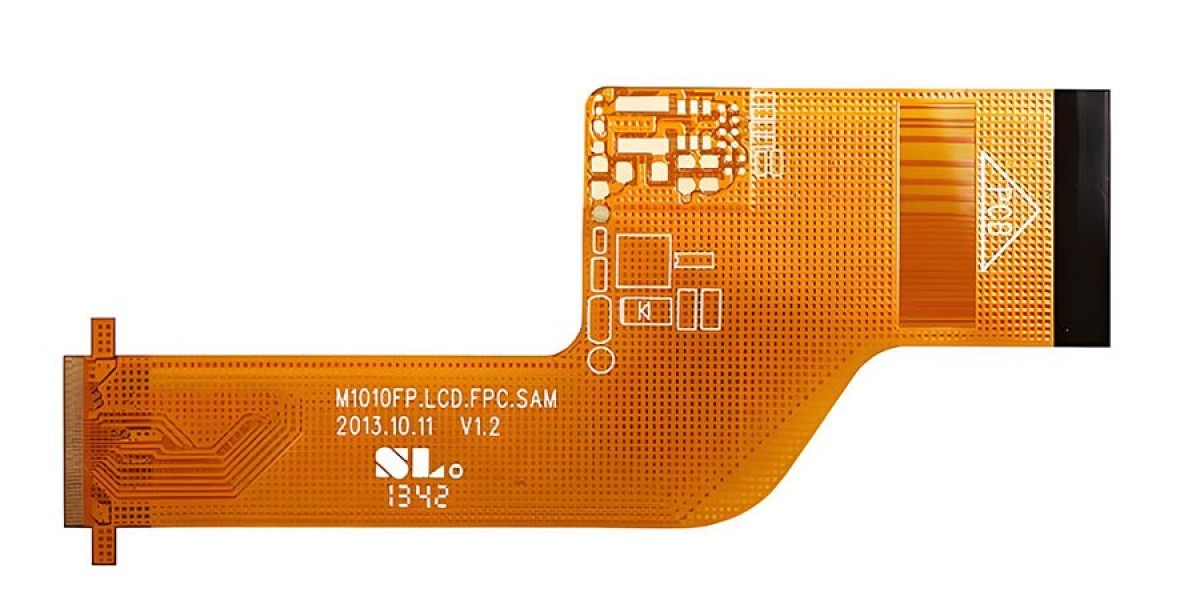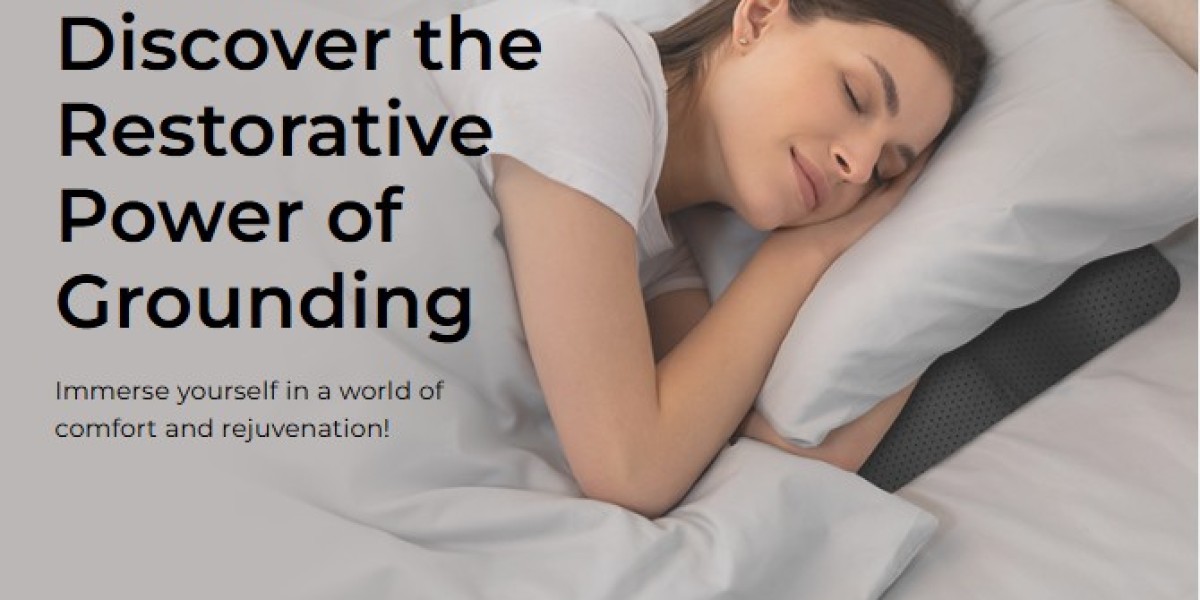Flexible FPC circuit boards can be categorized based on industrial production needs into single-sided boards, double-sided boards, multilayer boards, rigid-flex boards, and specialty process boards.
Single-Sided Boards
Also known as single-layer boards, these are the simplest FPC soft boards. They typically comprise a substrate, cover film, copper foil, and adhesive. The copper foil undergoes etching to create the desired circuit, while the protective film is drilled to expose the corresponding pads. After cleaning, the two layers are laminated together. The exposed pads are then plated with gold or tin for protection. The large board is then stamped into the required small circuit board shapes. In some cases, a solder mask is printed directly on the copper foil without a protective film, reducing costs but weakening mechanical strength. Unless the strength requirements are low and the cost is a priority, using a protective film is preferable.
Double-Sided Boards
When the required circuits exceed the capacity of a single board, the remaining circuits are placed on a second FPC board, which is then laminated together with the first. A double-sided board displays circuits on both sides.
The advent of high-frequency dielectric substrates in the 1990s allowed for significant advancements in FPC circuit boards, enabling the creation of multilayer boards that accommodate more circuits than single or double-sided boards. Today, multilayer and rigid-flex boards are the most widely used.
Rigid-Flex Boards
These combine the flexibility of FPC with the rigidity of traditional PCBs, merging the advantages of both types. Rigid-flex boards are currently the most prevalent in applications.
Specialty FPC Process Boards
These can be categorized into surface treatment and shape processing. Surface treatments include gold immersion, oxidation resistance, gold plating, and tin spraying, usually for circuit boards that need to withstand harsher environments than standard boards. Specialty boards typically serve high-end industries. Shape processing is necessary when the design of electronic products specifies fixed space for the circuit board, requiring custom shaping. Methods include manual shaping, CNC machining, and laser cutting.
Material and Copper Foil Bonding Methods
FPCs can be divided into adhesive-coated and adhesive-free soft boards. Adhesive-free boards offer greater flexibility and can withstand more rigorous bending compared to adhesive-coated boards. They also tend to have better parameters overall but come at a higher cost and increased defect rates, making them suitable for high-end precision industries.









